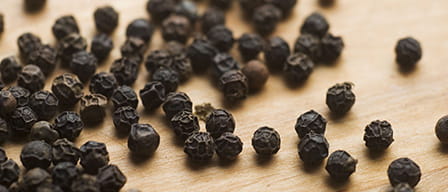
Black Pepper
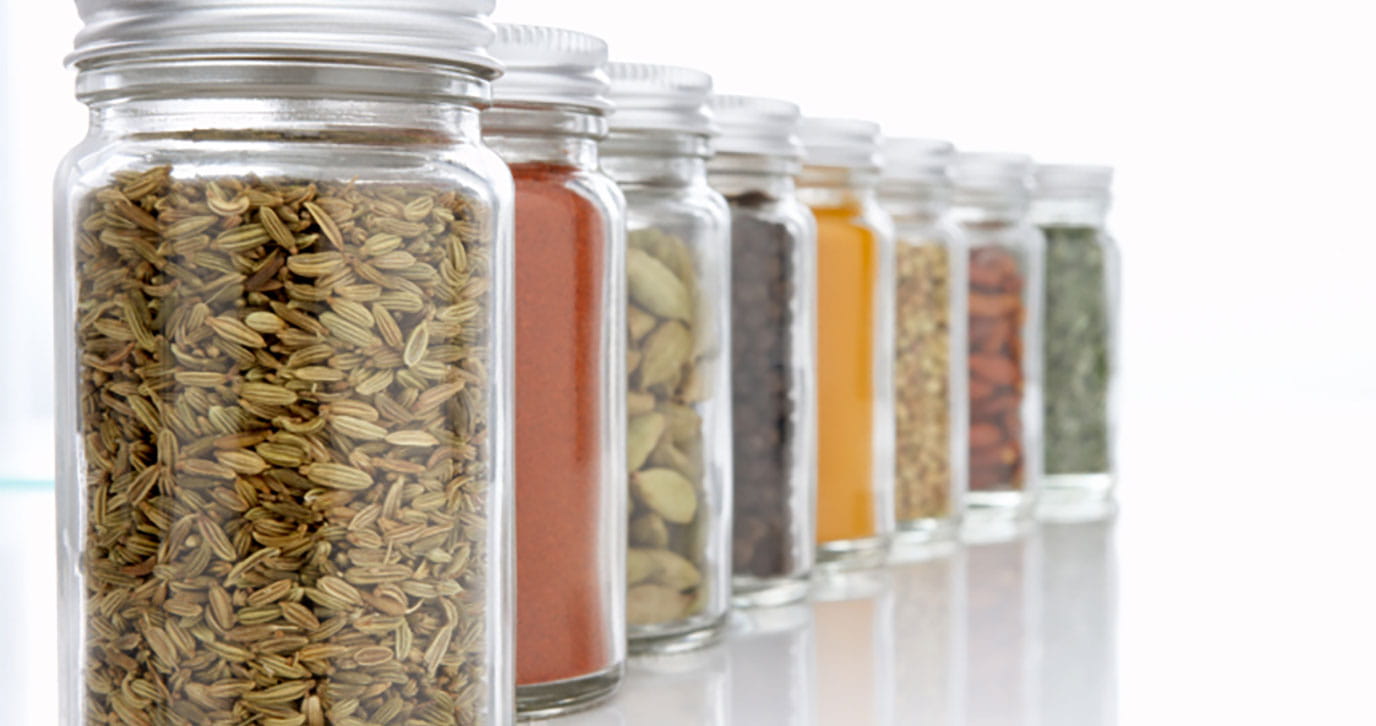

Fenugreek or Trigonella foenum-graecum belongs to the family Fabaceae and is considered a spice bean crop. The Greek word Trigonella refers to the flowers’ ‘‘3-angled’’ shape, and the term foenum-graecum means ‘‘Greek hay.’’ In India it is known as methi, alhovla in Spain, fieno greco in Italy, hebleh in the Middle East and bockshornklee in Germany.
This annual plant grows to an average height of two feet, has white to yellow triangular flowers and yellow golden seeds that mature within long, thin hoop-like pods. It originates from India and northern Africa and now grows widely in numerous countries of the Mediterranean, Middle East, India, and China. India is one of the major global producers of the fenugreek crop.
In history it was cultivated as much for use as a medicinal plant as for foods. In ancient Egypt, fenugreek seed was not only consumed as a vegetable but also was used in incense and the process of embalming mummies. In ancient Rome, fenugreek was apparently used to aid labor and delivery. It has a history of use in traditional medicines in India and China for treatments that include for weakness and leg edema, gout, dysmenorrhea, as a lactation and appetite stimulant, to dissipate cold and relieve muscle pain, and as a remedy for baldness, and fever. In Ayurvedic medicine, fenugreek was used to treat diabetes, inflammation, and gastrointestinal ailments. It also was used topically for skin irritations and to treat burns and wounds (1-4).
Fenugreek in German is called bockshornklee and in Swedish bockhornklover, which refer to the appearance of the long seed-pod as a goat’s horn. The seeds are hard, angular, oblong, with a deep furrow and yellow-brown in color.

Fenugreek’s flavor has been described as bitter, earthy/dirty, green, maple, musty (5). Fenugreek has a somewhat sweet but bitter taste, sometimes compared to burnt sugar. When the seeds are cooked the aroma improves considerably.
When using fenugreek seeds, pan roast them over medium heat to reduce their bitter taste. Soaking the seeds overnight before roasting is an additional way to soften the firmness of the seed and lessen the bitterness. The seeds can be used along with other strong spices to create a more pleasant blend of flavors.
Fenugreek seeds, whole or ground, and leaves are used in Indian, North African, and Middle Eastern cuisine. Both fresh and dried leaves as well as seeds can be used to enhance dishes like sauces, curries, vegetables, fish and meat dishes, salads, stews, and soups. During the Roman empire fenugreek was used as a flavoring agent in wine. It is included in Indian spice blends such as garam masala and panch phoran and is frequently used in the preparation of traditional Indian curries, chutney, and pickles. Fenugreek also can be used to make imitation maple syrup and to flavor diverse products such as frozen dairy blends, gelatin puddings, candy, and gravy sauces and in alcoholic and nonalcoholic beverages. In Africa, the roasted seeds of fenugreek may be used as a coffee substitute. In Greece and the Middle East, the meat dish pastourma has a substantial crust containing garlic and fenugreek, while the dish hebleh or hulba is a fenugreek olive oil cake. In Greece, the seeds, either boiled or raw, may be eaten with honey. In Egypt, fenugreek is used as a supplement to wheat and maize flour for bread-making.
Our understanding of how fenugreek and other spices and herbs potentially benefit health is growing. Using diverse spices and herbs as seasonings has been shown to unlock new flavors and tastes that enhance our enjoyment of numerous foods and vegetables, while reducing our intake of added saturated fats, sugar and sodium. Explore ways to incorporate various spices and herbs to create healthy meals and expand your culinary experiences. Learn about recommendations for building a balanced and healthy diet.

Black Pepper
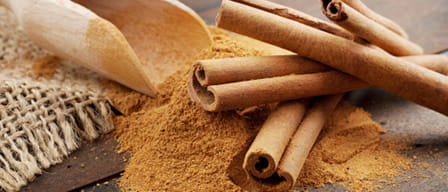
Cinnamon
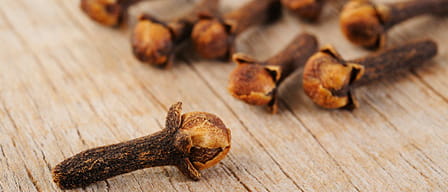
Cloves

Coriander
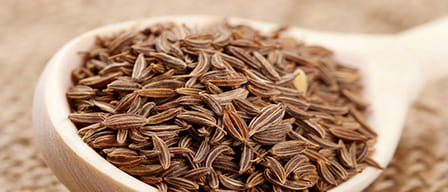
Cumin

Fenugreek
